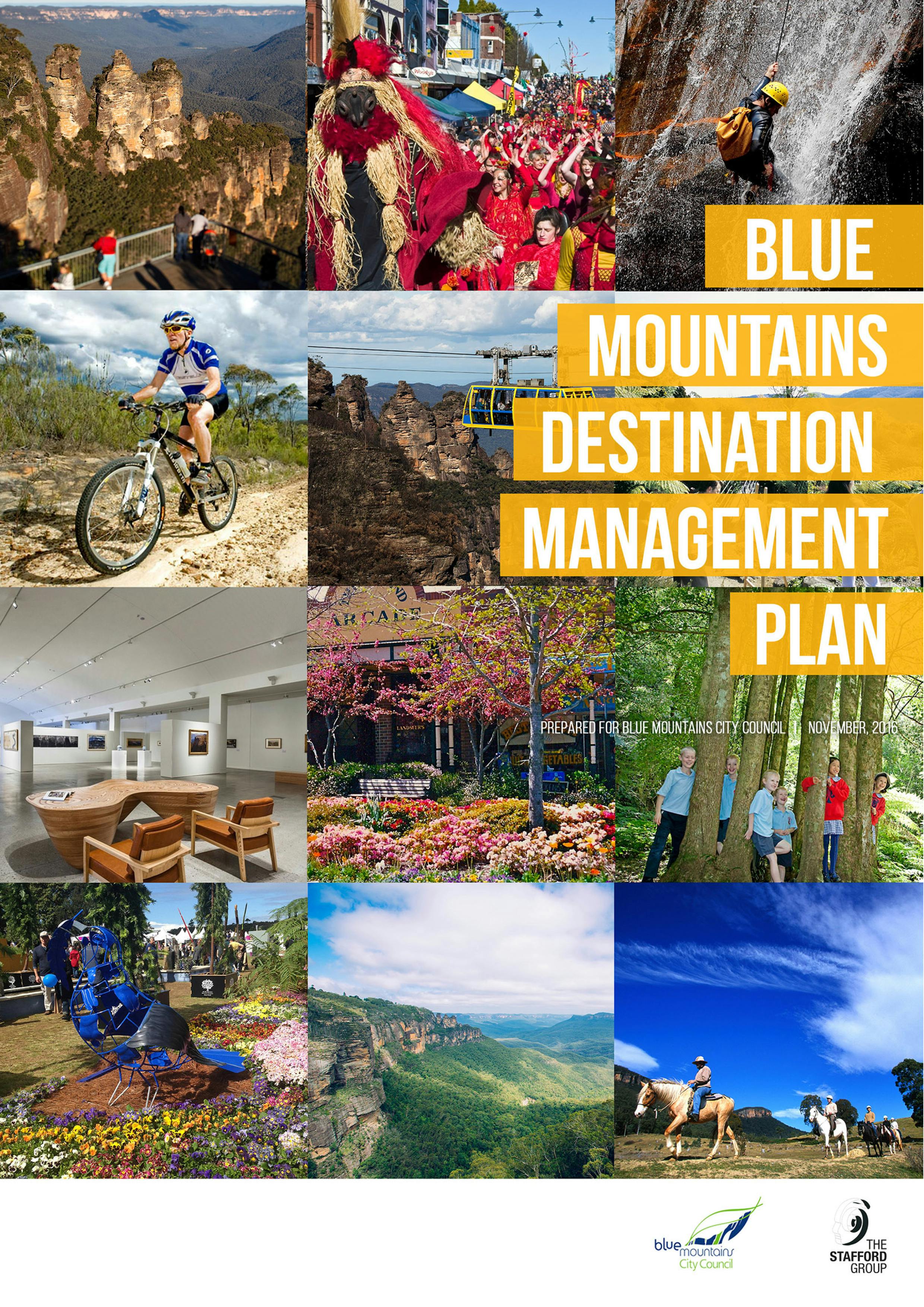Draft Destination Management Plan
Consultation has concluded
The Blue Mountains Destination Management Plan (DMP) is a strategic document developed to build and manage the visitor economy for the Blue Mountains. It provides an overview of the place (destination), the people (key stakeholders), the product (the tourism offer) and the key priorities (how we will grow our tourism product sustainably).
The objectives of the Blue Mountains DMP are to:
- help grow the visitor economy on a sustainable basis;
- provide solutions to challenges facing the LGA to support sustainable visitor growth;
- identify new development and related solutions to attract investment and grow economic benefits, such as employment;
- support future funding bids for specific projects, including NSW State Government funding opportunities;
- provide direction on key marketing activities to support increased visitor demand for the LGA; and
- help build stronger local community awareness of the importance and value of the visitor economy.
This Blue Mountains Destination Management Plan will be a guide for all stakeholders (including private sector and the tourism industry) to enable them to invest, market and promote a region as a destination with the aim of increasing overnight visitor expenditure, a NSW Government goal. A well-developed DMP is also critical to accessing future funding from State and Federal Government sources.
To have your say on the Draft Destination Management Plan please fill in the form below.






